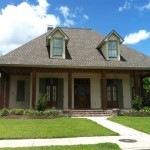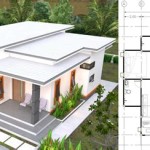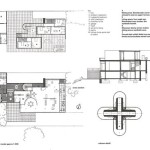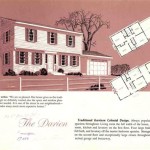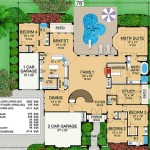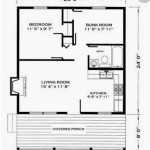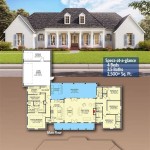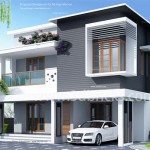Barn Home Plans Ohio: Finding the Perfect Rustic Retreat
Ohio's picturesque landscapes provide an ideal backdrop for barn homes, blending rustic charm with modern living. The increasing popularity of barn-style homes reflects a desire for unique, open-concept living spaces combined with the durability and practicality of traditional barn structures. This article explores key considerations for those seeking barn home plans in Ohio.
Key Considerations for Ohio Barn Home Plans
Careful planning is crucial when designing a barn home. Several factors influence the final design, from the size and layout to local building codes and the specific characteristics of the Ohio climate.
1. Climate Considerations in Ohio
Ohio experiences a wide range of weather conditions, from hot, humid summers to cold, snowy winters. These varying temperatures and precipitation levels necessitate specific design considerations for barn homes. Proper insulation, energy-efficient windows, and a robust HVAC system are vital for comfortable year-round living. The roof design should also be carefully considered to handle snow loads and potential ice dams.
2. Understanding Ohio Building Codes and Regulations
Before finalizing any barn home plans, it's essential to understand Ohio's specific building codes and regulations. These codes dictate various aspects of the construction process, including structural requirements, fire safety standards, and energy efficiency guidelines. Consulting with local building officials and experienced architects ensures compliance and avoids potential delays or costly revisions.
3. Exploring Different Barn Home Styles
Barn homes offer a variety of styles, each with unique characteristics and advantages. The classic gambrel barn, with its iconic curved roof, provides ample loft space. The monitor barn, featuring a raised center section, offers increased natural light and ventilation. The single-story barn home provides a more accessible, ranch-style layout. Choosing the right style depends on individual preferences, lifestyle needs, and the characteristics of the building site.
4. Choosing the Right Building Site
The building site significantly impacts the design and functionality of a barn home. Factors to consider include the topography of the land, soil conditions, access to utilities, and views. A level site simplifies construction and reduces costs, while a sloped lot might offer opportunities for walk-out basements or stunning views. Careful site analysis is crucial for ensuring the barn home integrates seamlessly with its surroundings.
5. Designing for Open-Concept Living
Barn homes are known for their open-concept layouts, which create spacious, airy living areas. This design philosophy encourages a sense of community and allows for flexible use of space. However, careful planning is necessary to define distinct zones within the open plan, ensuring privacy and functionality. Strategic placement of furniture, lighting, and architectural elements can delineate different areas, such as the kitchen, dining area, and living room, while maintaining the overall open feel.
6. Incorporating Modern Amenities into a Rustic Design
While embracing the rustic charm of a barn home, incorporating modern amenities is essential for comfortable contemporary living. This includes features such as updated kitchens with modern appliances, luxurious bathrooms, and smart home technology. Blending these modern conveniences seamlessly with the rustic aesthetic requires careful attention to detail and thoughtful design choices. Selecting appropriate fixtures, finishes, and materials allows for a harmonious blend of old and new.
7. Maximizing Natural Light and Ventilation
Barn homes traditionally feature large openings and high ceilings, offering opportunities to maximize natural light and ventilation. Incorporating large windows, skylights, and strategically placed vents can enhance the brightness and airflow within the home, creating a more comfortable and energy-efficient living environment. Consider the orientation of the home to optimize solar gain during the winter months and minimize overheating in the summer.
8. Working with Qualified Professionals
Building a barn home is a complex undertaking that requires the expertise of qualified professionals. Architects specializing in barn home design can help translate your vision into functional plans. Experienced builders understand the specific construction techniques required for these unique structures. Seeking professional guidance from the outset ensures a smooth and successful building process, resulting in a high-quality, durable, and beautiful barn home that meets your specific needs and complements the Ohio landscape.
9. Budgeting for Your Barn Home Project
Establishing a realistic budget is a crucial step in the planning process. The cost of building a barn home in Ohio can vary significantly depending on factors such as the size and complexity of the design, the chosen materials, and the local labor market. Working with a qualified builder and developing a detailed budget from the beginning helps avoid unexpected costs and ensures the project stays within financial constraints.

Buckeye Barndominium Designs Barn Style House Plans Craftsman Metal Building

Barndominium Plans Stock And Custom Pictures Faqs Tips

Learn About Pole Barn Homes And Houses Wick Buildings

Building A Pole Barn Home In Ohio The Complete Guide

Dream Barn Style House Plans Floor Designs

Dutch Barn House Plans Amish Style

Barn Style House Plans Chic Designs With A Rural Aesthetic Blog Dreamhomesource Com

Metal Barndominium Kits Floor Plans Cost Savings Design Options

Residential Pole Buildings Post Frame Barn Homes Lester

Private Barn In Ohio By Blackburn Architects Homeadore Pole House Plans Style

